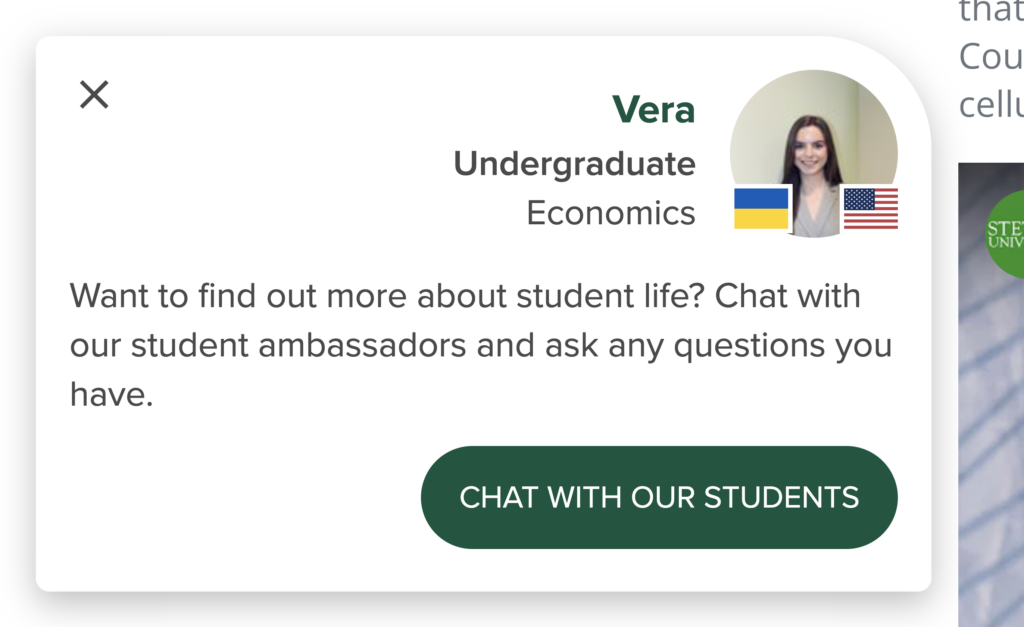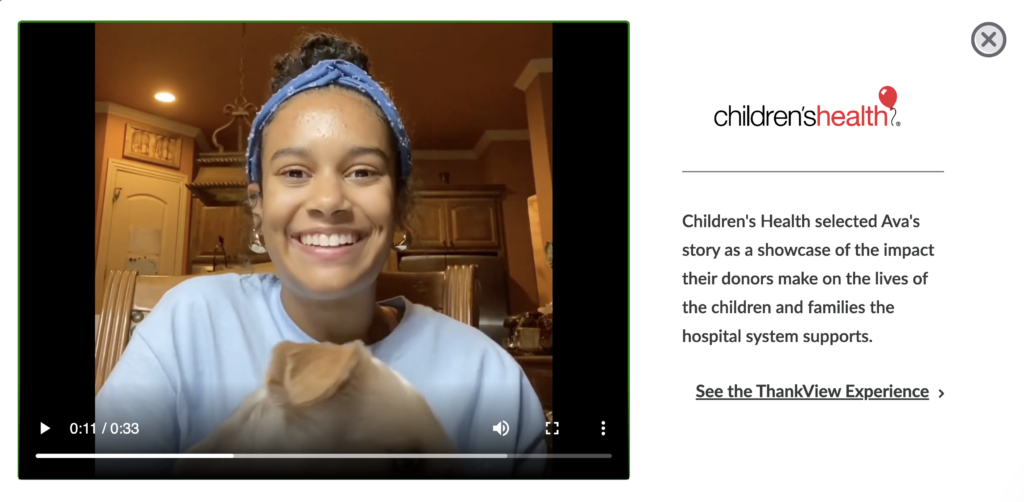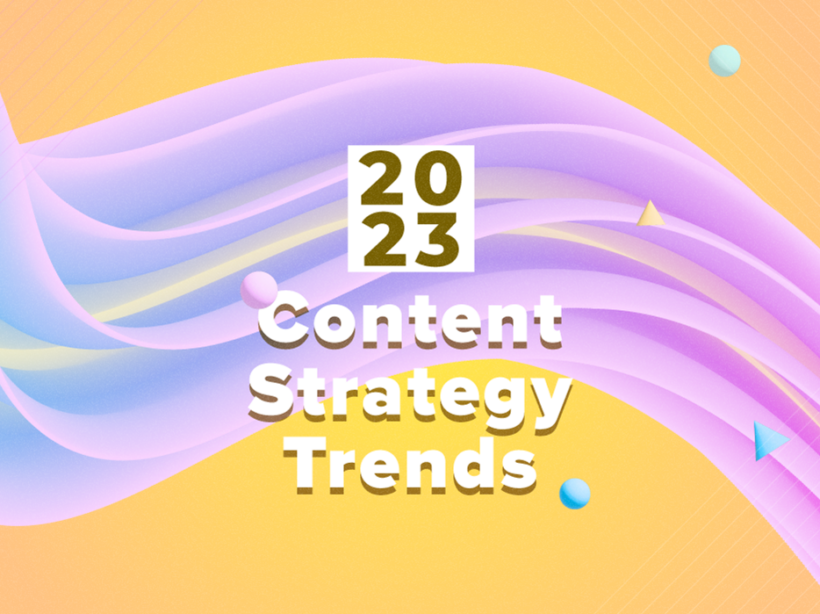What does 2023 have in store when it comes to content strategy?
While trying to predict the future produces both pros and cons, we at Kanopi Studios have identified five successful strategic approaches that will help develop engaging, optimized website content.
Whether revisiting or refining your organization’s content, ensure your plan reflects rapidly evolving shifts in online behaviour and expectations.
From increased personalization and default accessibility to visual storytelling, interactive content, and strategic search engine optimization (SEO), let us walk you through how to stay ahead of the content strategy curve by developing a data-driven plan for your site’s content.
1. It’s personal.
With the rise of artificial intelligence (AI), it’s becoming easier for organizations to deliver personalized content. In 2023, we predict that more companies will use AI-powered tools to provide customized content experiences based on their users’ unique preferences and interests.
Embracing personalization can be as simple as using personal pronouns as you craft more conversational, readable content. On the more sophisticated and data-driven side of the scale, folks are personalizing chatbots based on user needs and providing personalized thanks yous to donors after they’ve supported the cause in some way.
People want and expect to be engaged directly, and this approach will become more common across all industry websites — from education and healthcare to nonprofits and tech.


2. Accessible by default.
Yes, the web by default is accessible in many ways. Still, organizations are taking the lead by ensuring the content found on their site is accessible to everyone, using the latest research and insight to redefine what a genuinely accessible website looks like.
Beyond optimal colour contrast and providing meaningful alt text, organizations have compelling data at their fingertips to help them build a content strategy with accessibility at its core.
Recent research from the UK government addresses how to design websites that require a lot of interaction with numerical content in a way that makes it easier for folks who struggle with numbers. This blog post explains it in great detail.
Website accessibility is baked into every phase of our projects here at Kanopi — from discovery, strategy and design to development and ongoing support. If you’re chomping at the bit to make your site more accessible, check out our five simple ways to improve your website’s content accessibility.
In addition to a largely undiagnosed population of people with dyscalculia, research shows that at least 20% of the population exhibits one or more types of neurodiversity. If you want your website to be available to the many, not the few, you don’t want to overlook this large group of folks.
Neurodiversity includes ADHD, dyslexia, and similar neurological capabilities. Ensuring all webpages on your site provide a clear and consistent content hierarchy and testing your content’s readability helps the greatest amount of people consume your site’s content, particularly people who are neurodivergent.
The use of subtitles, captions, and alt text is critical for helping neurodivergent folks engage with your content too. Focus on the following:
- width between letters and numbers,
- length of text across the page,
- word count of paragraphs,
- the font you’re using, and
- font size.
While autoplay video can engage some people, make the controls to pause or stop moving or flashing content on your site easy to find and use as they can distract and interrupt task completion for many folks.
If your organization’s brand guidelines promote inaccessible font or colors, it may be time for refinement.
3. Visual Storytelling
With the continued rise of TikTok user numbers and other visually-led social platforms, people are getting used to consuming content that’s easy on the eyes.
It’s a primary driver for organizations that embrace visual storytelling as a way to capture their audience’s attention. In 2023, we predict many more organizations will use dynamic content formats, including infographics, slideshows, and videos, to tell their unique stories.
Not only do these types of content require less effort to consume, but they’re also more likely to be shared by users. A picture is worth a thousand words, as they say.
4. Interactive content
Interactive content is any type of content that requires folks to take action in order to consume it. In 2023, we expect to see more interactive content, such as quizzes, polls, and surveys. We’ll also see more and more micro-interactions across many optimized websites, which engage users with light interaction that enhances user experience (UX).
The purpose of offering micro-interactions with content is simple — you’re creating a moment that’s welcoming and engaging and, dare we say — human. For example, the WWF website takes many opportunities to offer users ways to interact with its content, from media to quizzes and moving elements.
This type of content is engaging and fun for users, making it more likely that they will stick around until the end. Plus, it provides valuable insights that can be used to improve future content strategy decisions. On the flip side, some of these interactions may not be accessible, so you need to weigh the balance of interaction vs accessibility.
5. Strategic SEO
Content marketing is a critical part of many organizations’ content strategies. And an essential aspect of content marketing is SEO. Ensure all of your site’s content is optimized so that search engines can find your web pages and show them to folks as they type their questions into Google’s search bar. Tools like Semrush make keyword research straightforward, helping you identify weak or missing keywords and keyphrases on your site.
Thinking strategically about SEO is key. As outlined by Adobe’s Communications Team in their content marketing trends of 2023, write for people first, followed by search engines. Search engines will be smarter and more sophisticated than ever next year. Focus on crafting high-quality content that’s valuable and relevant to your users, and your content will naturally move toward the coveted top of Google’s search engine results pages.
We gave a webinar about SEO.
Ready to Boost Your Website’s Performance Without the Overwhelm? A must-attend webinar for business owners, marketers, and anyone looking to make SEO work smarter, not harder. Lauren Chervinski gave a webinar focused on SEO called “SEO Survival Kit: 5 Steps to Thrive Now and in the AI Era .” (47 minutes)
2023: Blending content with design
The widely respected content strategy director Rachel Lovinger explains just how vital an up-to-date content strategy is for the success of an organization’s web presence:
“Content strategy is to copywriting as information architecture is to design.”
Rachel Lovinger
Before you write a single sentence or film even ten seconds of video, get everyone on the same page with why you’re creating content in the first place and the unique story you have to tell. Get crystal clear with your organization’s voice and tone and what key messages should come across in your content.
Your content strategy acts as a blueprint for how to plan to create, modify, and evaluate the success of your site’s content. It also spells out how you’ll deliver content over time, known as content governance — essentially the who, what, where, and why of every piece of content you intend to publish.
With an agreed strategy in place, designers can hit the ground running, crafting a visual experience that blends words, imagery, illustrations, film, and more. If you’re keen to learn about 2023 design trends, take a look at our recent blog post on the topic. We also have a post about the 2023 development trends.
From refining user personas and performing content audits to creating content maps, and robust content strategies, Kanopi can help you figure out how to optimize your site’s content so that it delights users and keeps them coming back for more.










